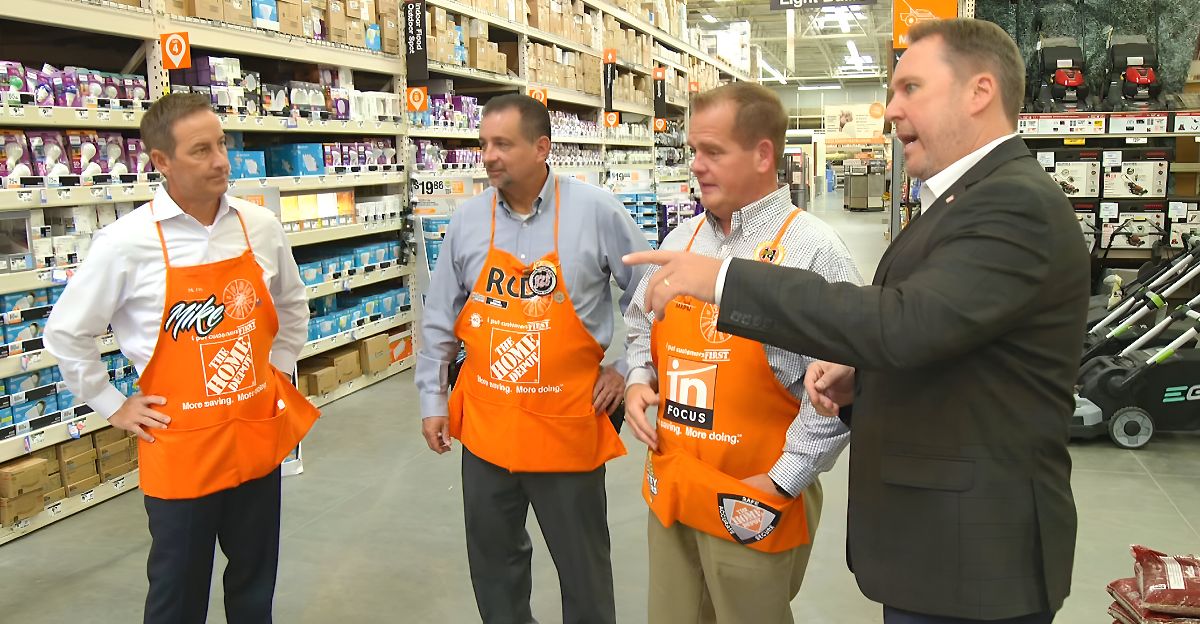
Home Depot just made a move that stunned both Wall Street and social activists. As political tension creeps deeper into corporate America, the home improvement giant is taking a bold path, dropping $5.5 billion into contractors while quietly stepping away from its diversity branding. Critics see it as a betrayal, fans call it a business masterstroke. In an era when companies are expected to take sides, Home Depot seems to have chosen one. But will the gamble hold?
Corporate America’s Balancing Act
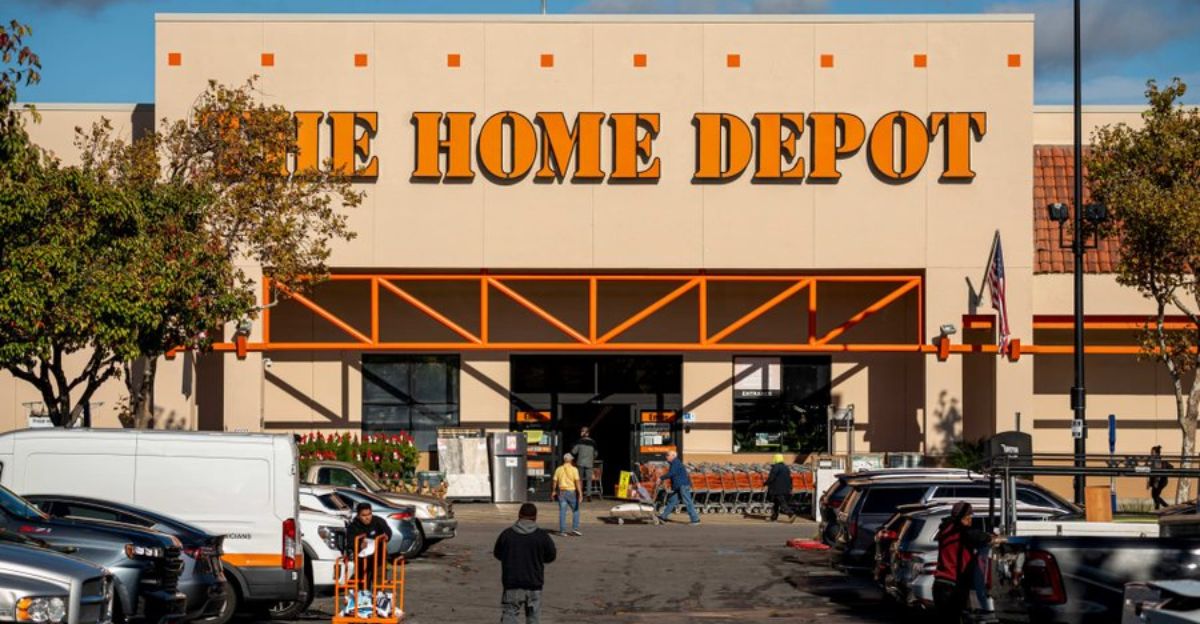
Retailers today are under pressure to deliver more than profits. They must navigate complex demands from investors, employees, and consumers, while also responding to public pressure on hot-button issues. For Home Depot, this balancing act reached a breaking point. Every policy shift now carries reputational risk, and even product lines can become political statements. This environment is forcing companies like Home Depot to redefine how, and who, they choose to serve.
The Quiet Vanishing of DEI Messaging
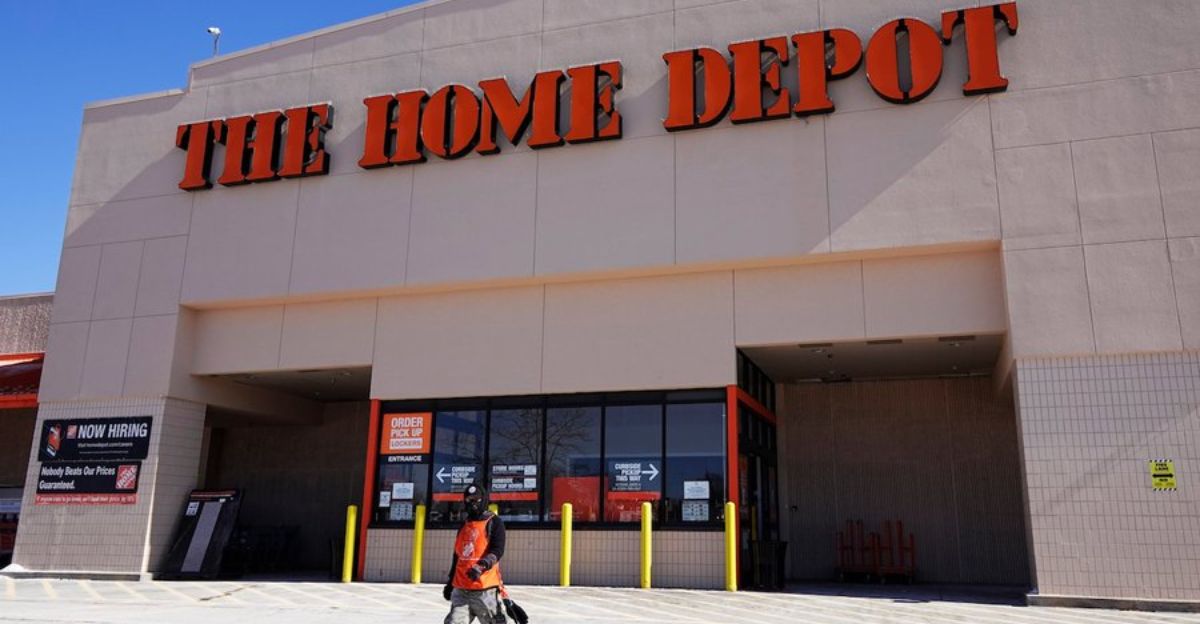
At the heart of the storm is Home Depot’s quiet removal of its DEI webpage around March 28. What once stood as a public declaration of values is now gone. Activists saw this as an abandonment of inclusivity, while the company insists it still values respect and opportunity. The change, subtle but symbolic, triggered an immediate outcry from progressive groups who say Home Depot is retreating from its social commitments.
Activists Say: Not So Fast
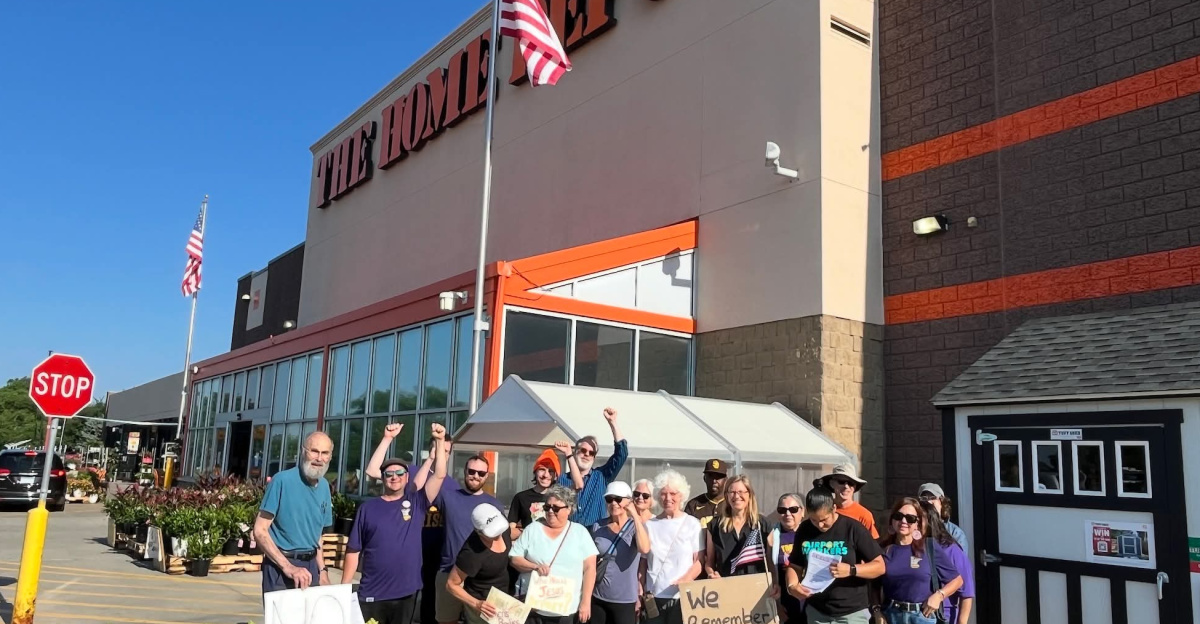
Soon after the DEI page disappeared, the backlash hit. The activist group People’s Union USA called for a 31-day boycott of Home Depot. Founder John Schwartz took to TikTok, accusing the company of walking away from fairness and equality. The message spread fast across social media, picking up steam on Instagram and Twitter. July’s protest wasn’t just about a missing webpage, it became a flashpoint in the ongoing battle over corporate values.
Why Brand Missteps Can Go Viral
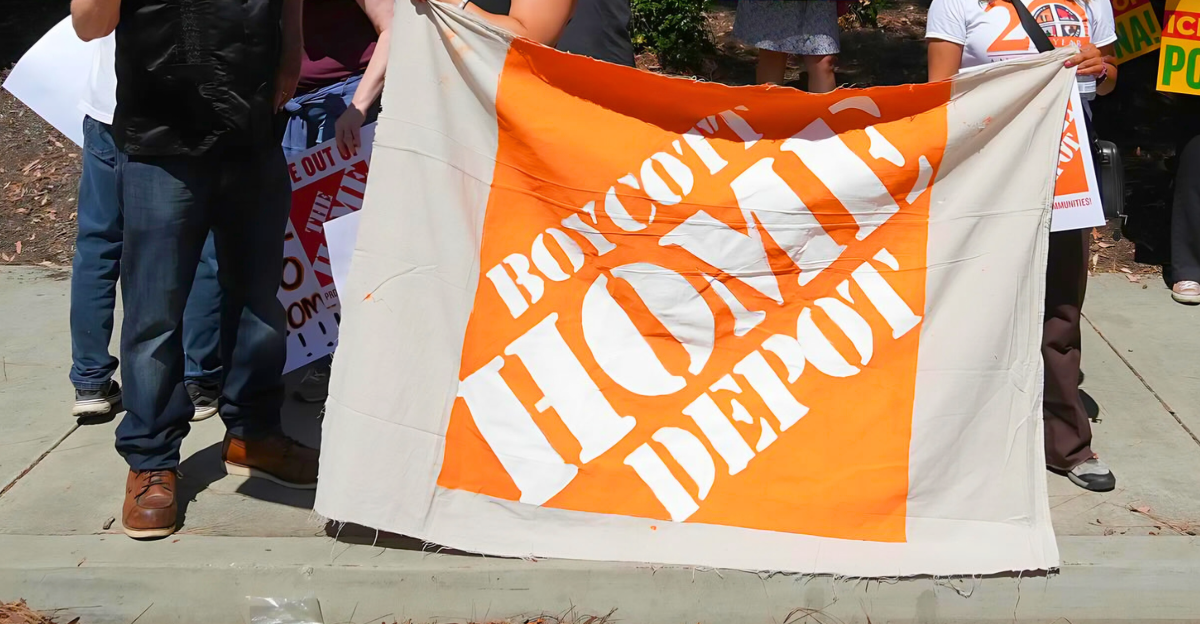
Schwarz’s boycott isn’t the first of its kind. American companies have increasingly become targets of consumer activism, from Bud Light’s backlash over its LGBTQ+ campaign to Target’s controversy over Pride displays. These flare-ups show how a single marketing decision can spiral into a national talking point. For Home Depot, the challenge is whether it can weather this moment without compromising its brand or alienating its core customer base.
Home Depot Defends Its Values

In response, Home Depot pushed back. Spokesperson Sarah McDonald told Newsweek that the company’s values hadn’t changed. “We’re proud to have a culture that welcomes everyone, and we believe it helps us achieve our business goals”, she said. The new “WeAreTHD” page is meant to show how the company supports its workers, builds relationships, and encourages innovation. Home Depot insists this was about communication, not cutting ties with inclusion. But would that calm the critics?
A Surprise Countermove

Just days after the boycott call, Home Depot made its next move. It announced a $5.5 billion deal to buy GMS Inc. through its SRS Distribution subsidiary. The company outbid private equity firm QXO, offering $110 per share, a 36% premium. This deal wasn’t just about growth. It was a clear signal that Home Depot was shifting its focus away from branding debates and toward the people who drive its profits: contractors.
Inside the $5.5 Billion Deal

So, what did Home Depot buy? Under the deal, SRS will acquire all GMS shares. GMS owns more than 300 distribution centers, nearly 100 tool stores, and product lines for ceilings, steel framing, and wallboard. Together, SRS and GMS form a massive 1,200-location network with over 8,000 trucks on the road. That means faster deliveries and more inventory for pros. It’s a big play for the heart of the building trades.
Is This an Appeal to Conservative America?

Critics argue that Home Depot’s pivot subtly embraces right-wing, pro-contractor messaging. The emphasis on American tradesmen and infrastructure echoes themes found in MAGA circles. This hasn’t gone unnoticed. For some, it’s a betrayal of progressive values. For others, it’s a necessary course correction. Either way, the company is threading a needle, banking that its investments in contractors will insulate it from backlash while opening new business frontiers.
Why Contractors Are a Big Deal
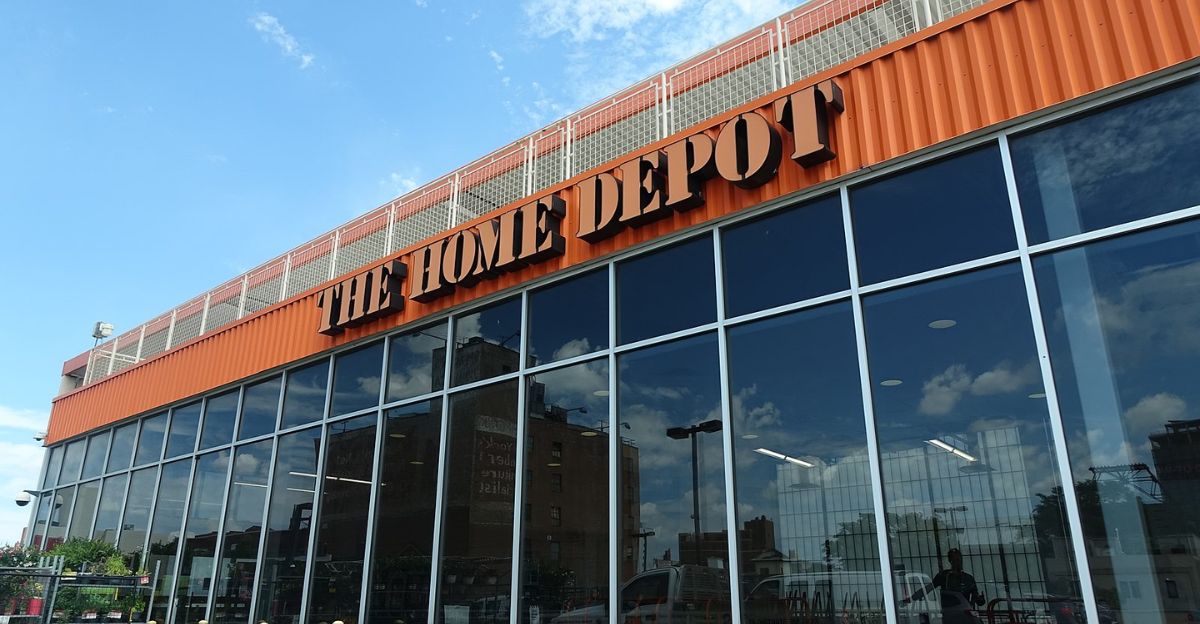
Contractors make up just 5% of Home Depot’s customers, but they drive 45% of its annual $162.95 billion in revenue. That’s nearly half of the company’s earnings coming from a small but vital group. These pros buy in bulk, pay premium prices, and rely on credit services. Home Depot knows that winning contractor loyalty delivers bigger long-term returns. That focus helps explain why the company is shifting its strategy and making bold investments in this space.
What the Deal Unlocks
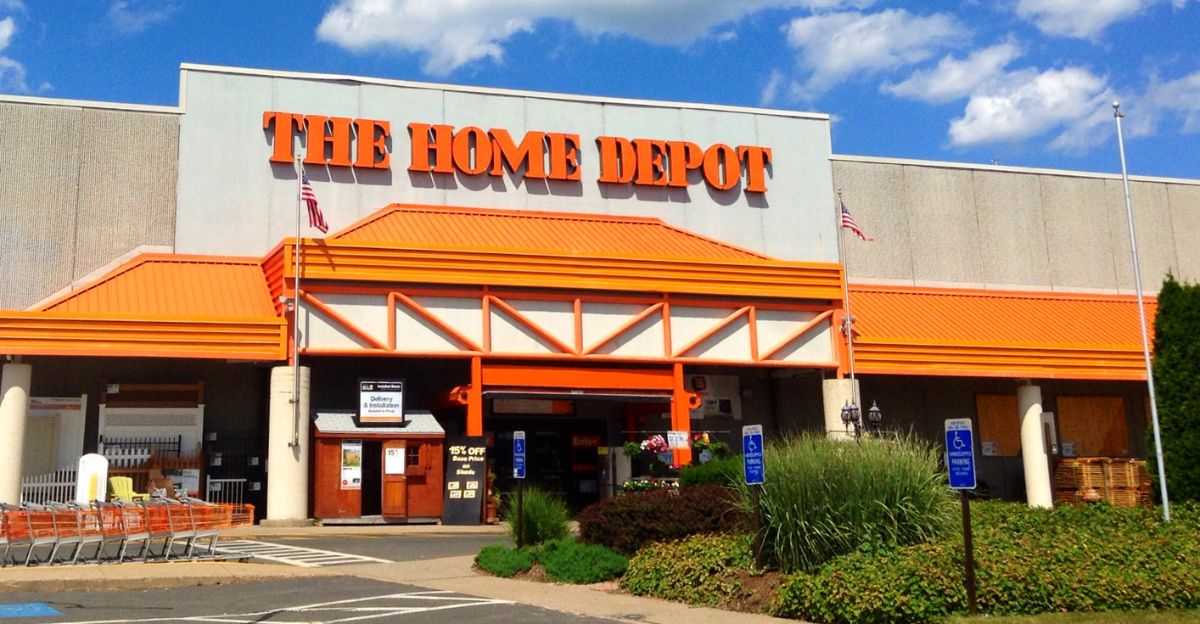
The merger of GMS and SRS goes beyond size. It connects two companies with strong roots in specialty supplies: roofing, drywall, landscaping, and more. Together, they’ll share tech, trade credit, and a stronger distribution footprint. That makes it easier to serve contractors in all kinds of industries. Home Depot isn’t just after sales, it’s building a supply network that supports long-term relationships with professional customers.
Home Depot Wins the Bidding War

Home Depot wasn’t the only company interested in GMS. QXO, backed by Brad Jacobs, made a $5 billion offer. But Home Depot went bigger. Its $5.5 billion offer topped QXO and helped secure a deal that GMS shareholders quickly approved. This wasn’t just about growth, it was about sending a message. Home Depot is serious about owning the contractor market, and it’s willing to outspend private equity to do it.
What Investors Think
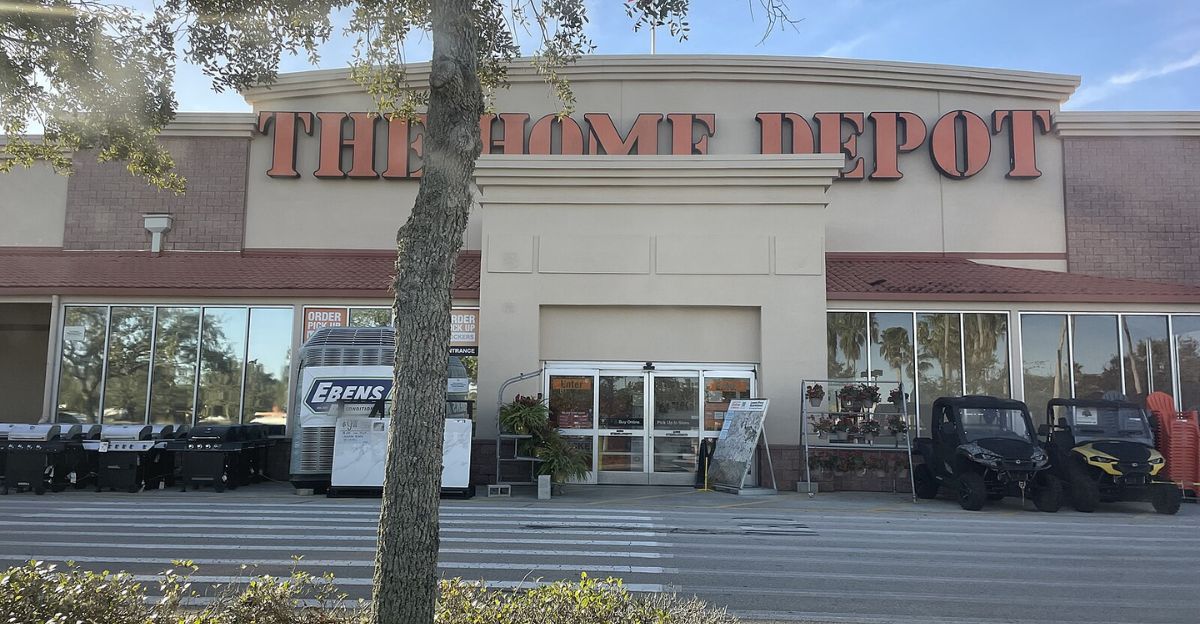
Following the GMS deal announcement, GMS shares rose about 11.7 to 11.8 percent, reflecting confidence in the buyout. Home Depot’s own stock dipped slightly, less than 0.5 percent, but analysts were generally supportive. Investors see long-term gains from a deeper reach into the contractor market. Despite short-term borrowing risks, the acquisition is viewed as a smart way to strengthen relationships with high-value pro customers and expand Home Depot’s control over building supply chains.
Replacing DEI With “WeAreTHD”
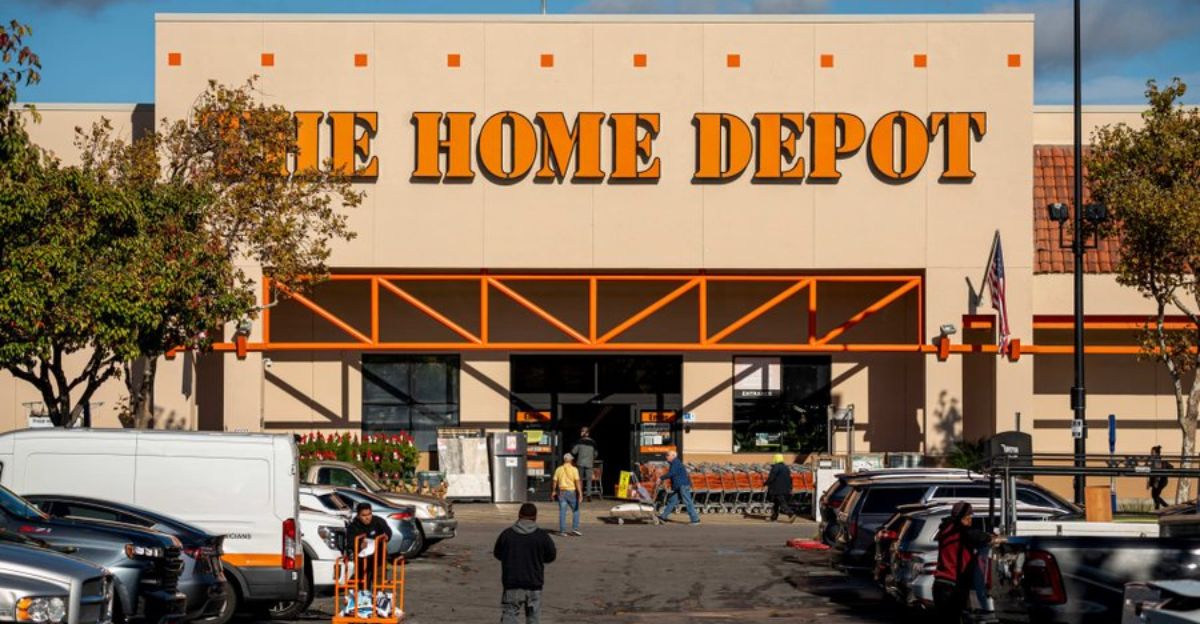
Still, there’s a communications challenge. By downplaying DEI, Home Depot opened itself to accusations of regression. Its “WeAreTHD” campaign tries to fill the void, offering a softer, less polarizing take on inclusivity. Whether this will resonate remains to be seen. In the age of social media, silence on issues can be louder than words. Companies that avoid taking clear stances risk losing the narrative altogether.
The Bigger Question: What Do Companies Owe Society?

This dust-up also sparked broader conversations about corporate responsibility. Should retailers be arbiters of social values, or should they stick to selling products and employing people? The Home Depot saga highlights the difficulty of maintaining neutrality. By backing off DEI branding, the company appears to reject activist pressure, but critics say that silence is complicity. It’s a reminder that in today’s economy, values and value are tightly linked.
A Bet on Blue-Collar Loyalty
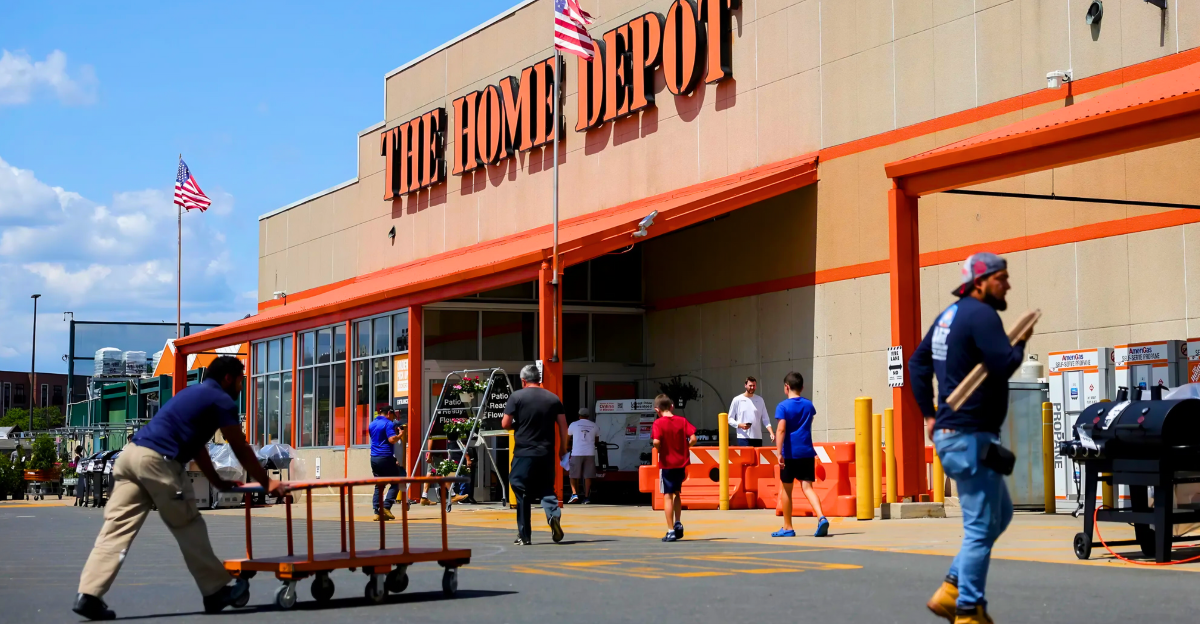
Internally, Home Depot is signaling a different strategy. The company’s increased spending on contractor programs and job training suggests it’s betting big on workforce investment. That kind of long-term planning may earn it trust from blue-collar workers and small business owners. But the question remains whether that same approach can rebuild trust among employees or customers who saw the DEI retreat as a step backward.
So, Is This a Culture Change?
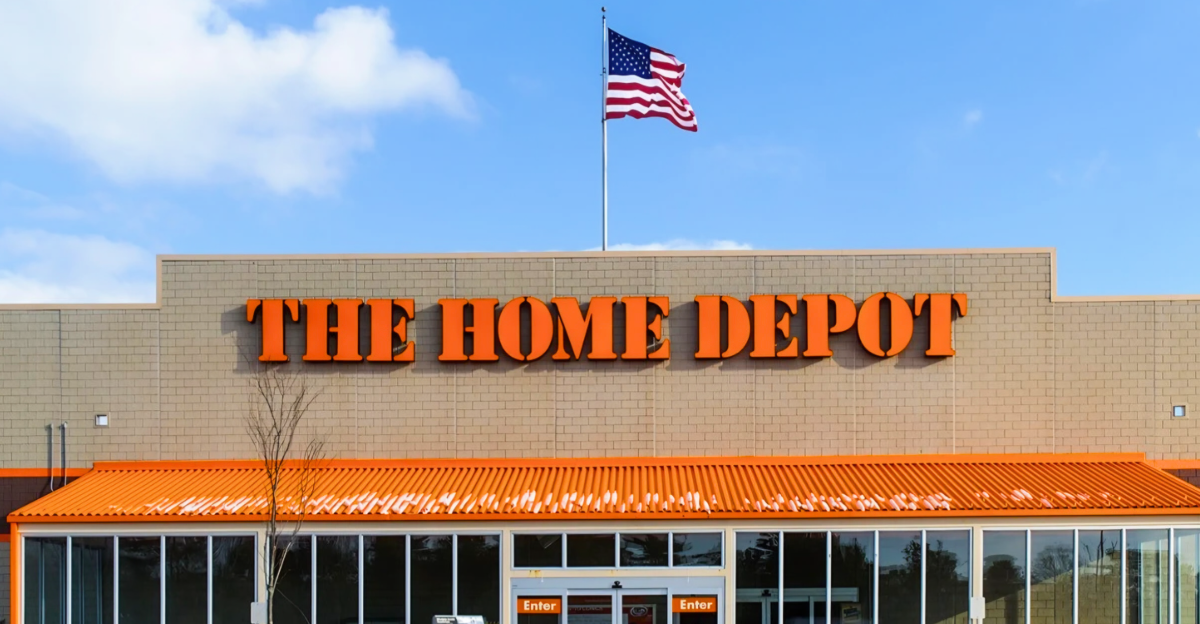
The big question now: is this a rebrand or a retreat? The new “WeAreTHD” page avoids the buzzwords of DEI but still talks about belonging. Some customers see it as a smart shift toward core business goals. Others say it’s a quiet way of walking back progress. Either way, Home Depot seems to be putting less focus on activism and more on making money from its most loyal customer base.
Where Do You Stand?
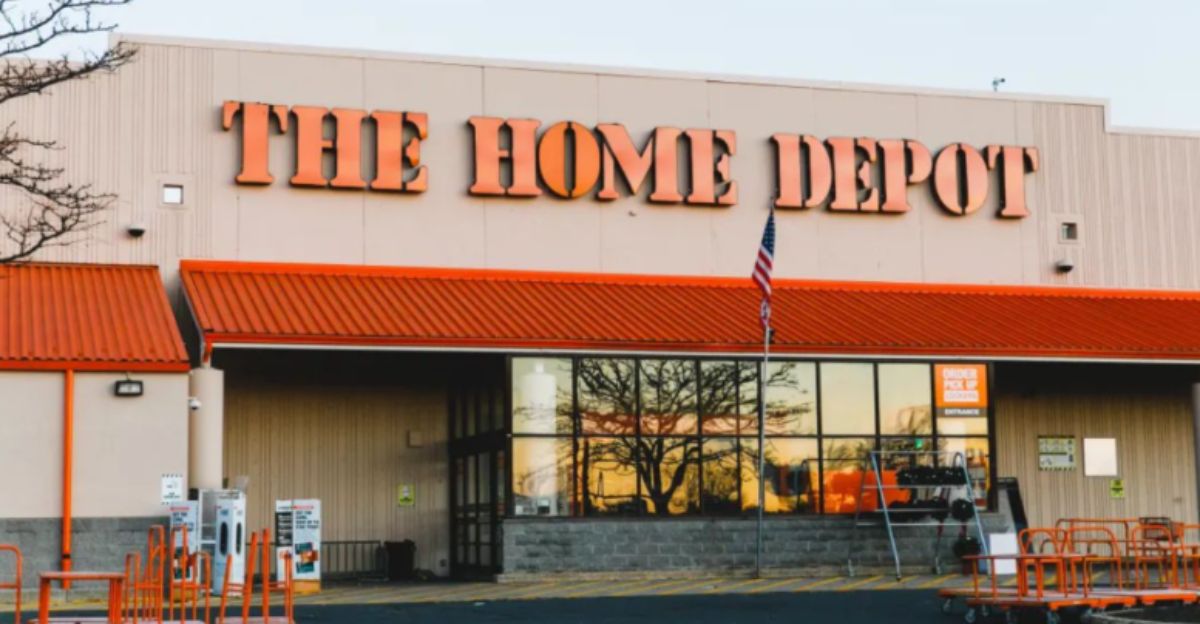
Some people feel dropping the DEI message is a step backward. Others think investing billions in contractor jobs is a better way to support real people. Which matters more to you: public statements or behind-the-scenes action? What a company chooses to highlight, or hide, says a lot about what it values. In the end, how you see this move depends on what you believe companies should stand for.
What to Watch Going Forward

Keep an eye on what happens next. Will the GMS deal close as planned by the end of fiscal 2025? Will the July boycott gain steam or fade out? And how will customers and employees react to the “WeAreTHD” page over time? Watch for signs of success, or stress, as Home Depot bets big on contractors and tries to shift the story around its brand.
The Takeaway
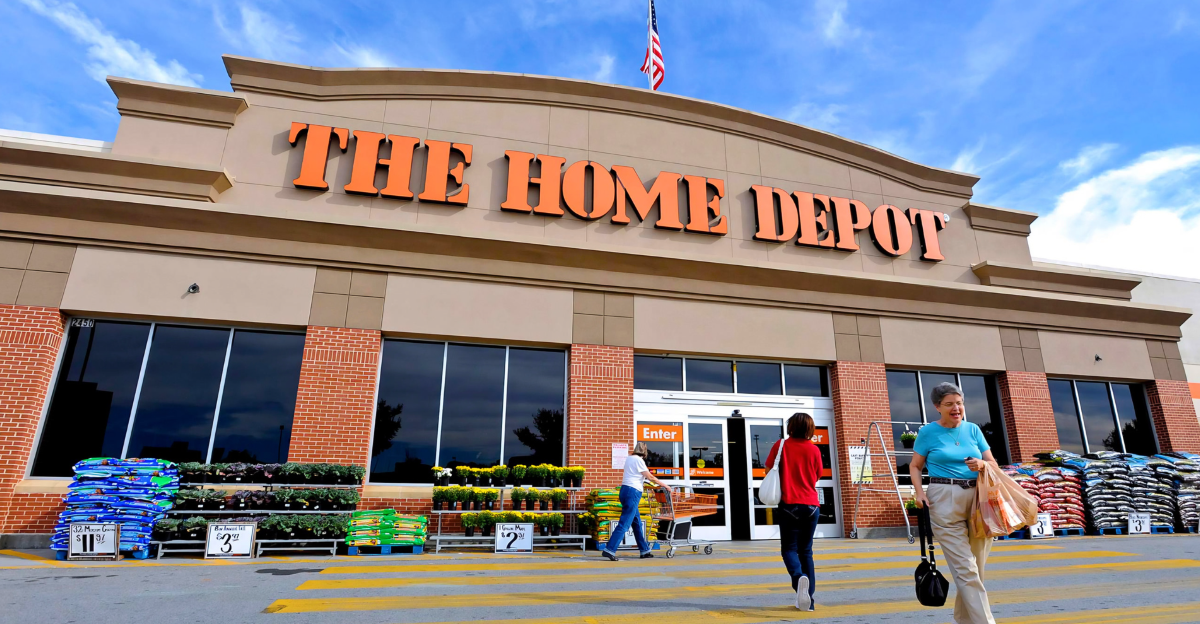
Home Depot’s $5.5 billion deal isn’t just a business move. It’s a clear message about where the company is heading. By putting contractors first and stepping back from public DEI messaging, Home Depot is making a bold bet on profit over politics. Some will see that as a smart strategy. Others may see it as selling out. Either way, it’s a turning point, and it shows how retail giants are rewriting the rules.
